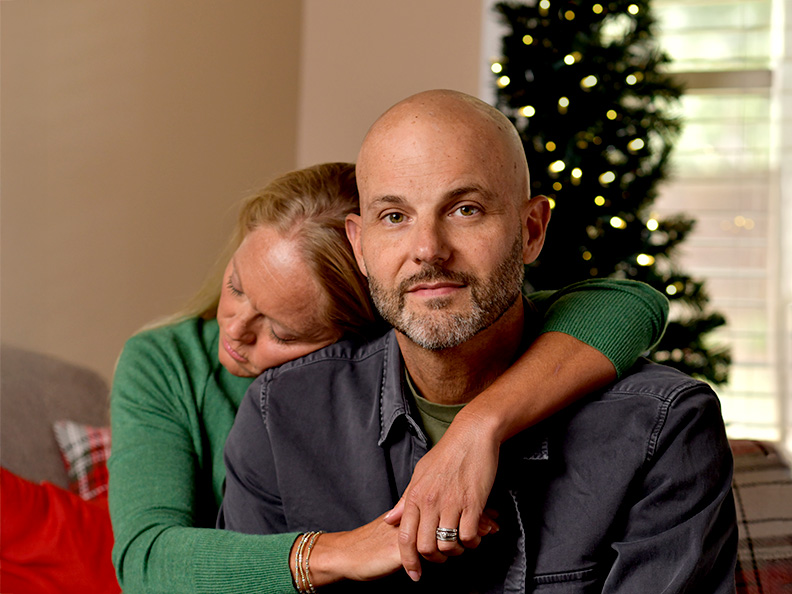Your gift is 100% tax deductible
Non-cancerous Breast Conditions
Benign (non-cancerous) breast conditions are very common, and most women have them. In fact, most breast changes are benign. Unlike breast cancers, benign breast conditions are not life-threatening. But some are linked with a higher risk of getting breast cancer later on.
Some benign breast changes may cause signs or symptoms (such as breast pain, lumps, or nipple discharge), while others might be found during a mammogram. In either case, sometimes they can be hard to tell apart from breast cancer, so other exams or tests might be needed to find out for sure.



